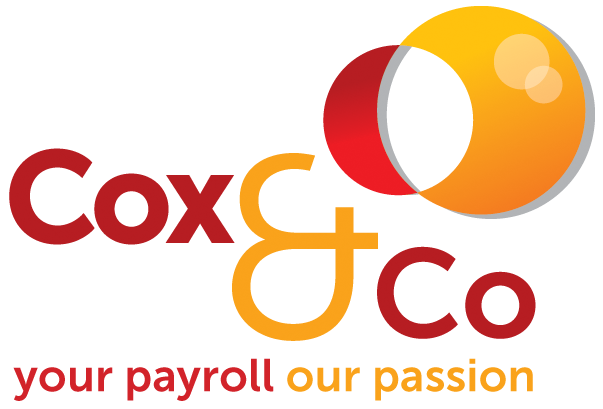PAYE Scheme
As an employer you will have a unique HMRC Pay As You Earn Reference scheme number.
This account is allocated to your business and used to collect Income Tax and National Insurance Contributions from employee wages.
What you’re paying
Your PAYE bill may include:
- employee Income Tax deductions
- Class 1 and 1B National Insurance
- Class 1A National Insurance on termination awards and sporting testimonials
- Student Loan repayments
- Construction Industry Scheme (CIS) deductions
- your Apprenticeship Levy payments (starting from April 2017) if you, or employers you’re connected to, have an annual pay bill of more than £3 million
You pay your Class 1A National Insurance on work benefits that you give to your employees separately.
PAYE Settlement Agreements are also paid separately.
How to pay HMRC
It is important to pay your PAYE Employer’s Tax and NIC’s payments by the 19th of every tax month.
You will need your Account Tax Reference number and PAYE reference number to do this.
We provide clients with a PAYE Remittance Advice, similar to the image below. This document will be created and provided to you every month so that you can pay HMRC by the deadline. The document will clearly state liabilities and sums due to HMRC.
The PAYE Remittance will state your PAYE reference code and Tax Reference number to use.
Payments can be made via BACS, Online Banking or via this HMRC Link.
For more information regarding an employer’s responsibility to HMRC, PAYE payments and how it will affect your payroll costs – contact us on 0117 9323444.

